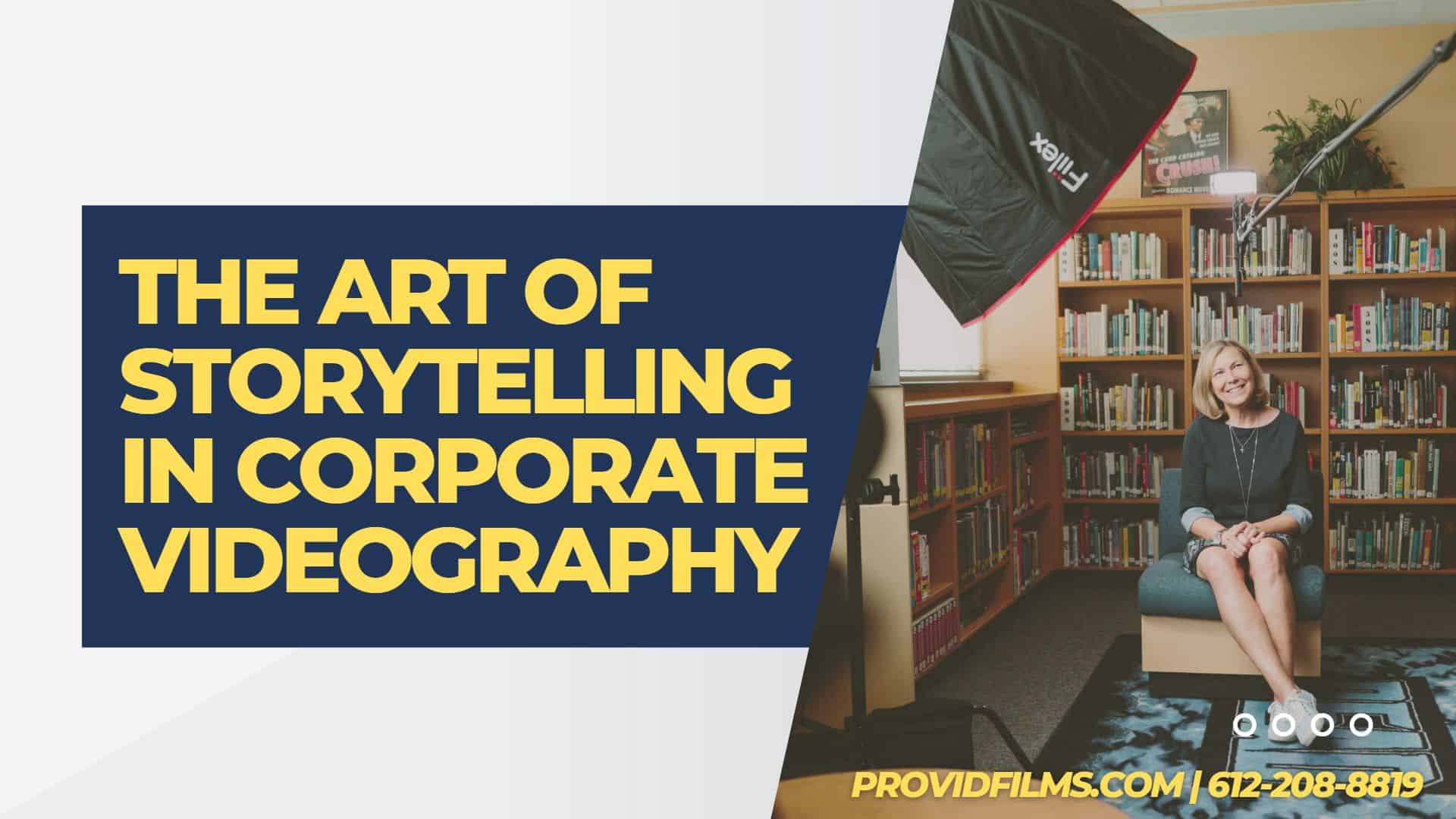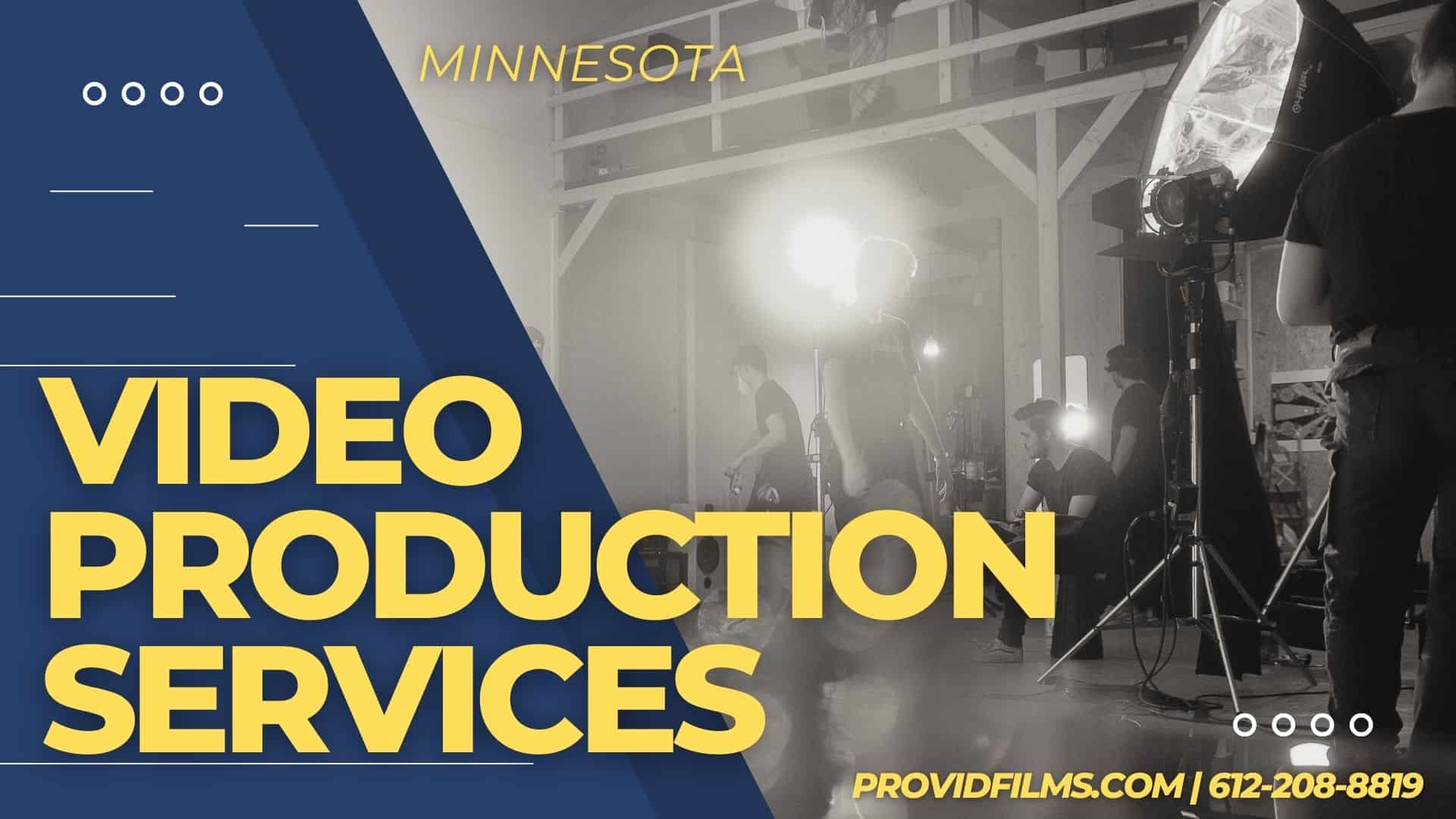
Corporate videography is more than just capturing visuals and delivering information—it’s about telling a compelling story that resonates with your audience. In this blog post, we will explore the importance of storytelling in corporate videography and provide valuable insights and techniques to help you master this art form. By harnessing the power of storytelling, you can create engaging corporate videos that leave a lasting impact on your viewers. Whether you’re an experienced videographer or new to the industry, this post will provide you with the knowledge and inspiration to elevate your corporate videography skills.
Understanding the Power of Storytelling:
Storytelling has been an integral part of human communication for centuries. It taps into our emotions, engages our senses, and helps us connect with information on a deeper level. In the context of corporate videography, storytelling allows you to convey your message in a memorable and meaningful way. It helps you build a narrative that captures the essence of your brand, products, or services, making it easier for your audience to understand and relate to your message.
Crafting a Compelling Story:
To create a compelling corporate video, start by identifying the key elements of your story. Consider the purpose of your video, the target audience, and the message you want to convey. Structure your story using the classic three-act structure: introduction, conflict, and resolution. Introduce your brand or topic, present a challenge or conflict, and offer a solution or resolution. This structure provides a clear and engaging narrative arc that keeps your viewers hooked.
Engaging Visuals and Pacing:
Visuals play a crucial role in capturing your audience’s attention and enhancing the storytelling process. Use a combination of well-composed shots, dynamic camera movements, and creative angles to bring your story to life. Pay attention to pacing, allowing moments of tension and release to build intrigue and maintain interest. Consider the use of cinematic techniques such as depth of field, lighting, and color grading to create a visually captivating experience.
Music and Sound Design:
Music sets the mood and evokes emotions in your corporate videos. Choose a soundtrack that complements the tone and message of your story. Consider using different tracks for various sections of your video to create contrast and emphasize key moments. Additionally, pay attention to sound design, ensuring that dialogue, narration, and background sounds are clear and well-balanced. Effective use of music and sound can significantly enhance the storytelling experience.
Connecting with Your Audience:
Remember that your corporate video is ultimately aimed at connecting with your audience. Keep their interests, needs, and preferences in mind throughout the storytelling process. Consider using relatable characters, testimonials, or real-life examples to make your message more relatable and authentic. Engage your viewers by creating an emotional connection and offering valuable insights or solutions that resonate with them.
Conclusion:
In the world of corporate videography, the art of storytelling is a powerful tool that can transform your videos from informative to impactful. By understanding the power of storytelling, crafting a compelling narrative, utilizing engaging visuals and pacing, incorporating music and sound design, and connecting with your audience, you can create corporate videos that leave a lasting impression. Remember, storytelling is about connecting with people on an emotional level and inspiring them to take action. So, embrace the art of storytelling in your corporate videography and unlock the true potential of your videos.
